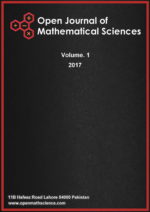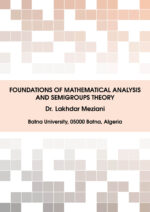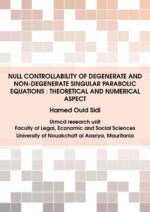New perspectives on internet electricity use in 2030
Turing instability for a attraction-repolsion chemotaxis system with logistic growth
\(u_{1t}=d_{1}\Delta{u_{1}}-\chi \nabla (u_{1}\nabla{u_{2}})+ \xi{ \nabla (u_{1}\nabla{u_{3}})}+\mathbf g(u),{\mathbf x}\in\mathbb{T}^{d}, t>0,\)
\( u_{2t}=d_{2}\Delta{u_{2}}+\alpha u_{1}-\beta u_{2},{\mathbf x}\in\mathbb{T}^{d}, t>0,\)
\(u_{3t}=d_{3}\Delta{u_{3}}+\gamma u_{1}- \eta u_{3},{\mathbf x}\in\mathbb{T}^{d}, t>0,\)
\( \frac{\partial{u_{1}}}{\partial{x_{i}}}=\frac{\partial{u_{2}}}{\partial{x_{i}}}=\frac{\partial{u_{3}}}{\partial{x_{i}}}=0,x_{i}=0,\pi, 1\leq i\leq d,\)
\( u_{1}(x,0)=u_{10}(x), u_{2}(x,0)=u_{20}(x), u_{3}(x,0)=u_{30}(x), {\mathbf x}\in\mathbb{T}^{d} (d=1,2,3).\)
Under the assumptions of the unequal diffusion coefficients, the conditions of chemotaxis-driven instability are given in a \(d\)-dimensional box \(\mathbb{T}^{d}=(0,\pi)^{d} (d=1,2,3)\). It is proved that in the condition of the unique positive constant equilibrium point \({\mathbf w_{c}}=(u_{1c},u_{2c},u_{3c})\) of above model is nonlinearly unstable. Moreover, our results provide a quantitative characterization for the early-stage pattern formation in the model.









